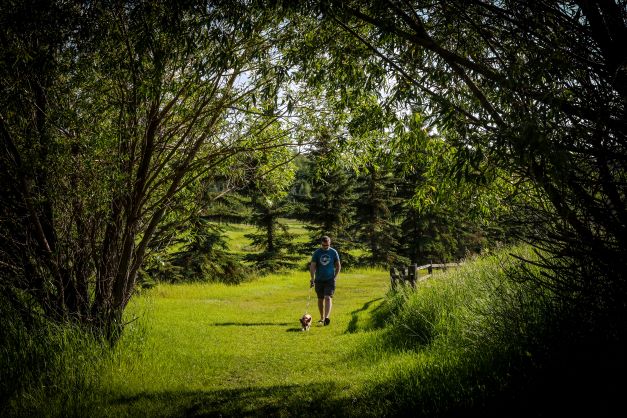The Climate Resilience and Adaptation Plan was developed in line with SVGL’s values of self-sufficiency and citizen action, and includes both governance and community level approaches. It aims to reduce climate uncertainty and build capacity among staff and residents around what works, what doesn’t, and what actions need to be taken. It prioritizes co-benefits and multi-solving solutions, and pays particular attention to the challenges unique to a small, rural municipality.
Scope
Community-wide.
Four pillars of 1) municipal buildings and services 2) parks, greenspaces, & recreation 3) water 4) homes & people
Risks
42 high, 17 extreme risk interactions identified.
9 High and extreme risk items carried forward for recommended risk treatment and adaptation options – Annual average temperature; Extreme heat; Extreme precipitation; Riverine flooding; Drought and dry conditions; Extreme combination events (wind gusts, severe storms, hail, tornadoes, lightning, wind-driven rain); Wildfire – Indirect Impacts; Wildfire – Direct Impacts; Invasive species.
Actions
20 priority actions.
Actions categorized as structural, nature-based, community tools, risk transfer/ acceptance, and further study.
Actions organized into the four categories of 1) municipal buildings and services (6 actions), 2) parks, greenspaces, & recreation (7 actions), 3) water (4 actions), and 4) homes & people (3 actions).
Social Equity
Reference to the Municipal Development plan, where considerations are made for youth and elderly populations that may be more vulnerable to climate-related impacts.
Community Engagement
Community perspectives on relative priority level of proposed actions were identified during a virtual engagement session with Council members staff, and community members in attendance.
Draft report presentation/workshop November 2022 was open to community.
Implementation
Each action includes action category, risks addressed, cost (lowest cost implementation to highest cost of implementation), complexity (low to high), and combined priority (with low priority items being the least impactful or the highest cost, and high priority items addressing the highest risks elements or the greatest number of risks).


You must be logged in to post a comment.